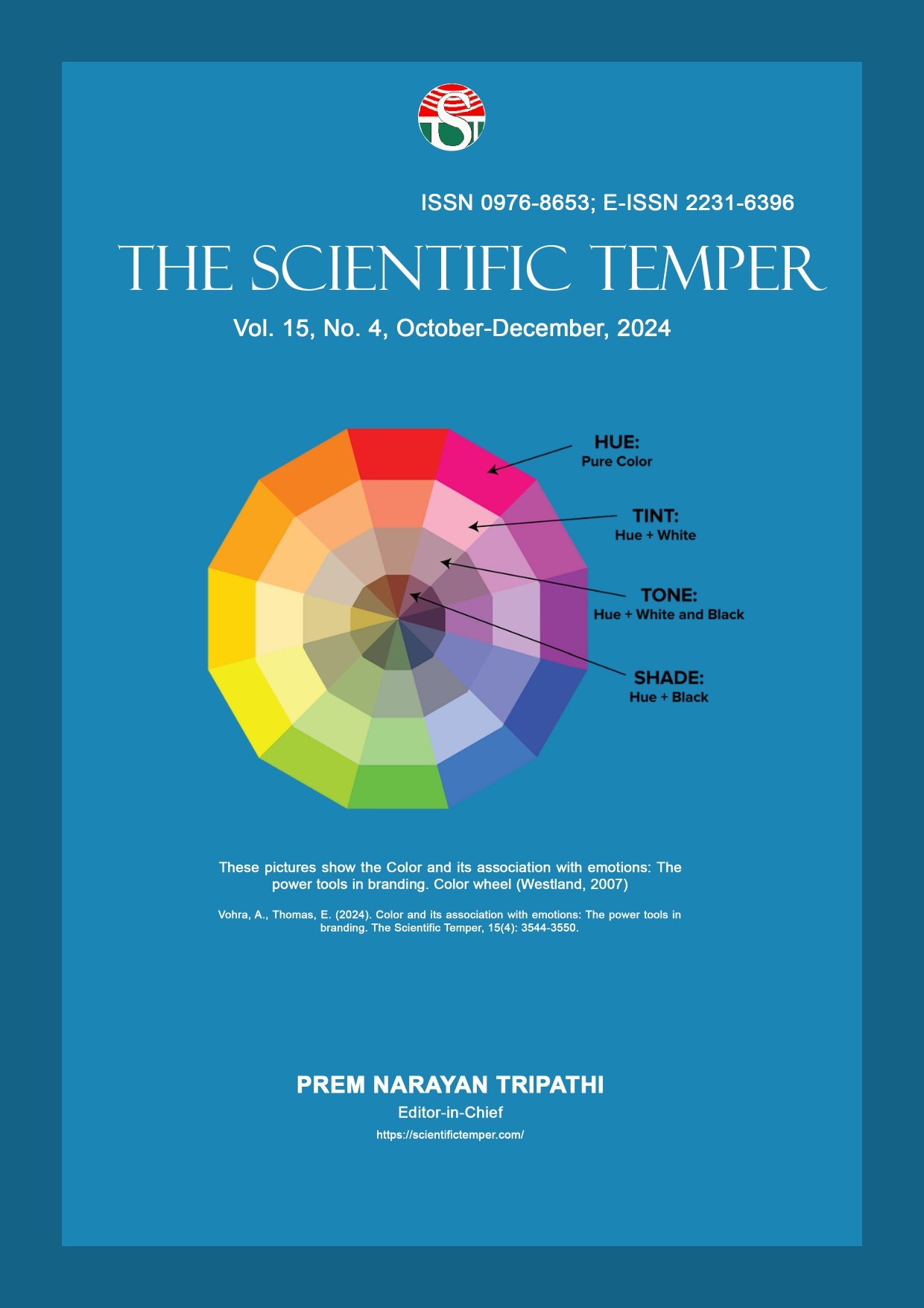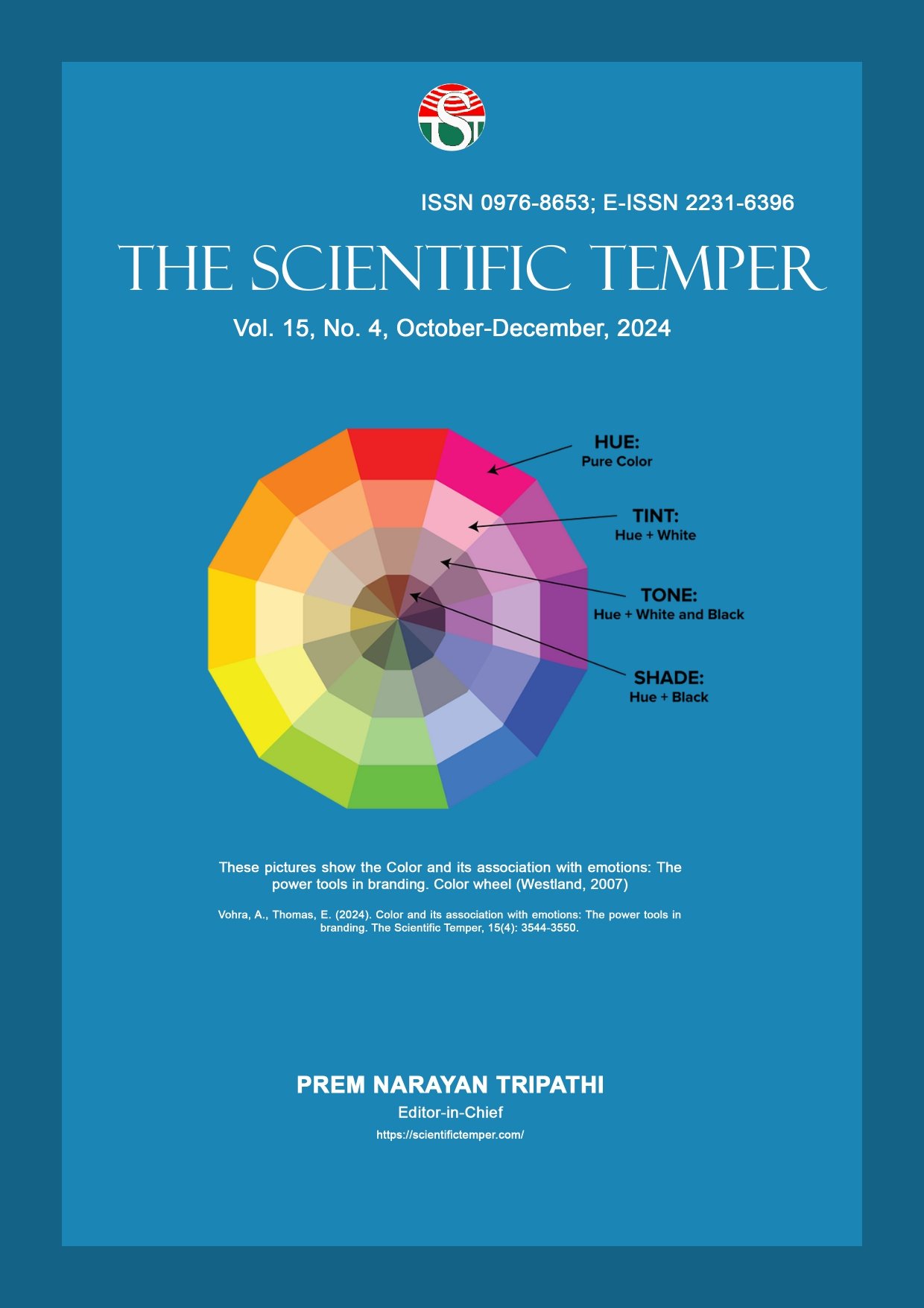Revisiting the challenges of disinvestment practices and central public sector enterprises (CPSEs): Indian empirical evidence
Downloads
Published
DOI:
https://doi.org/10.58414/SCIENTIFICTEMPER.2024.15.4.61Keywords:
Central public sector enterprises, Disinvestment, Profitability, State-Owned enterprises, Multiple regression analysisDimensions Badge
Issue
Section
License
Copyright (c) 2024 The Scientific Temper

This work is licensed under a Creative Commons Attribution-NonCommercial-ShareAlike 4.0 International License.
The current study investigates the challenges faced in disinvestment practices and conducts an empirical analysis of profitability measures in the selected CPSEs from an Indian perspective. The first part of the objective clarifies the efforts initiated by the disinvestment department concerning strategies adopted, utilization of proceeds, and the reasons for success, demonstrating the qualitative standpoint of the challenges defended to date. The second part examines the profitability measures return of assets (ROA), return of net worth/ equity (RONW/E), return of capital employed (ROCE), debt/equity (D/E), enterprise value (EV) and earnings before interest, taxes, depreciation, and amortization (EBITDA), & net profit margin (NPM), clarifying the decision criteria based on accounting-based metrics. The six measures were tested against the financial and operating performance regressors such as gross profit margin (GPM), technical analysis (TA), current liabilities (CL), concentration ratio (CR), and quick ratio (QR) using multiple regression analysis. The study considers 44 CPSEs leading to 218 firm-year observations, and the study period spans from 2018 to 2022. The former objective provides fresh insights into the challenges of disinvestment practices. The work clarifies that the success factors influencing the functioning of disinvestment practices are based on financial efficiency, modernization, employment generation, regional imbalance, utilization of proceeds, and methods of privatization. The latter objective reveals the model fit that confirms the profitability measures based on decision criteria {(outcome variable) [Adj. R2]} for the best fit {[(RoNW/E) [0.78] and (D/E) [0.75]}; good fit with normality issues {(NPM) [0.99]}; average fit {(ROA) [0.47]}; and poor fit {(EV/EBITDA) [0.06] and (ROCE) [0.01]} regressed on the predictor variables. This study offers insights for policymakers, regulators, academicians, corporate houses, and investors to refine disinvestment strategies, focusing on capital and ownership structures. It highlights the role of sound corporate governance, emphasizing transparency and accountability to enhance CPSEs' economic performance and reduce agency costs. By analyzing profitability measures through multiple regression, the research fills a gap in the literature, providing a comprehensive perspective on disinvestment and modern corporate finance within the Indian context.Abstract
How to Cite
Downloads
Similar Articles
- Esther Princess G, Navigating the challenges of moonlighting: A study of employee experiences in the FMCG sector in India , The Scientific Temper: Vol. 15 No. 04 (2024): The Scientific Temper
- Sindhu S, L. Arockiam, DRMF: Optimizing machine learning accuracy in IoT crop recommendation with domain rules and MissForest imputation , The Scientific Temper: Vol. 15 No. 03 (2024): The Scientific Temper
- Ramya Singh, Archana Sharma, Nimit Gupta, Nursing on the edge: An empirical exploration of gig workers in healthcare and the unseen impacts on the nursing profession , The Scientific Temper: Vol. 15 No. 01 (2024): The Scientific Temper
- Dhulasi Priya S, Saranya K G, Significance of artificial intelligence in the development of sustainable transportation , The Scientific Temper: Vol. 14 No. 02 (2023): The Scientific Temper
- Ashfaq Pathan, Ketan Desai, Direct selling laws and regulations in India: A comprehensive study , The Scientific Temper: Vol. 15 No. 03 (2024): The Scientific Temper
- Sharanagouda N. Patil, Ramesh M. Kagalkar, Analysis of substrate materials for flexible and wearable MIMO antenna for wireless communication , The Scientific Temper: Vol. 15 No. 03 (2024): The Scientific Temper
- Deneshkumar V, Jebitha R, Jithu G, Multistate modeling for estimating clinical outcomes of COVID-19 patients , The Scientific Temper: Vol. 14 No. 04 (2023): The Scientific Temper
- Usmanova S. Bultakovna, Legal regulation of tourism services in the framework of the general agreement on trade in services , The Scientific Temper: Vol. 15 No. 02 (2024): The Scientific Temper
- B Supraja, B Ramachandra, N Venkatasubba Naidu, Analytical Method Development and Validation Analysis for Quantitative Assessment of Thifluzamide by HPLC Procedure , The Scientific Temper: Vol. 13 No. 01 (2022): The Scientific Temper
- Vikas Chaudhary, Parul Jhajharia, Mediation of competitive advantage between strategy management practices and organizational performance , The Scientific Temper: Vol. 15 No. 01 (2024): The Scientific Temper
<< < 2 3 4 5 6 7 8 9 10 11 > >>
You may also start an advanced similarity search for this article.



